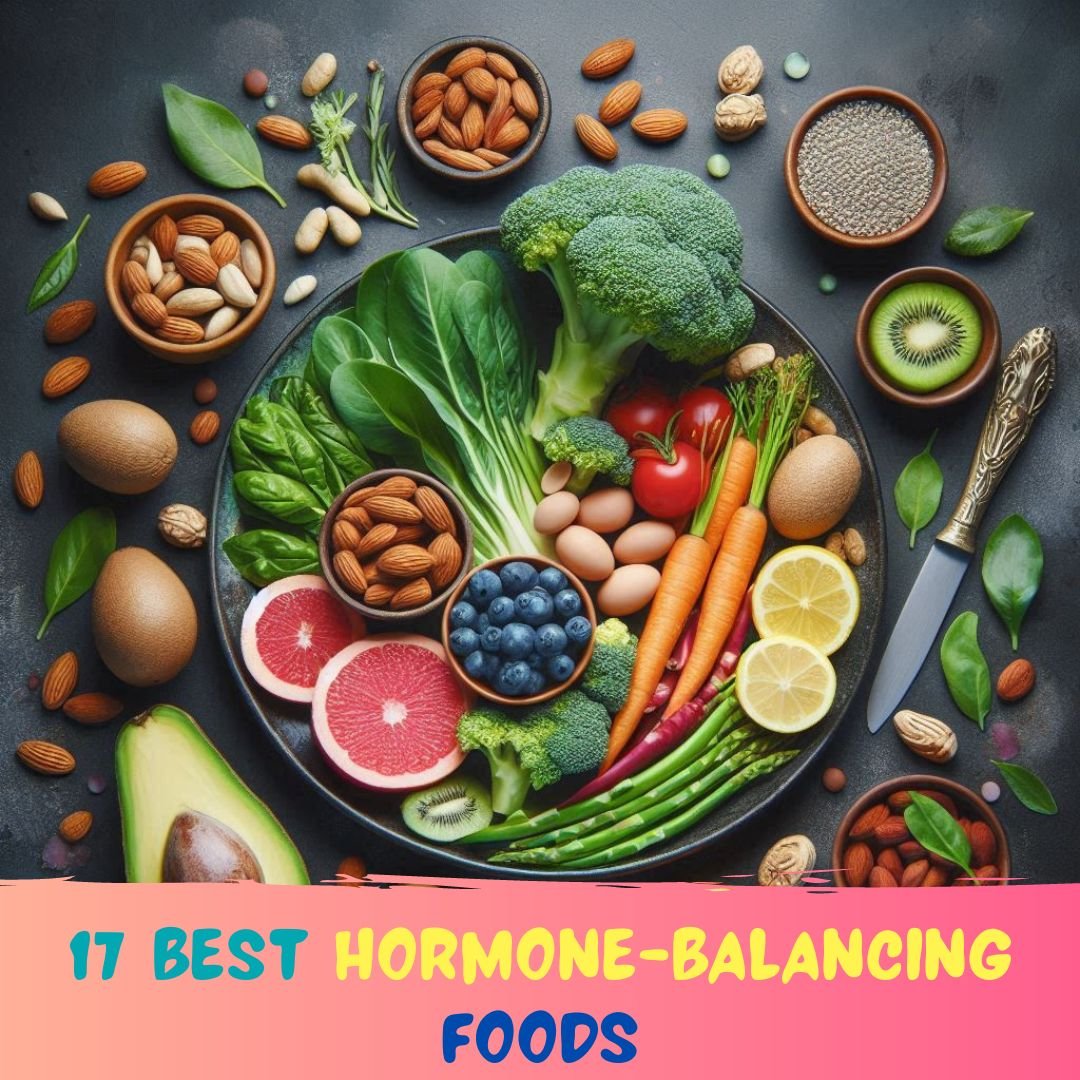Best Hormone-Balancing Foods: From the moment our menstrual cycle begins, our hormones ebb and flow, influencing everything from our energy levels to our mood, skin, and overall well-being.
By incorporating specific hormone-balancing foods into your diet, you can alleviate symptoms like bloating, cramps, and mood swings, and instead experience more energy, clarity, and vitality.
In this post, we’ll explore the 17 best hormone-balancing foods, tailored to each phase of your menstrual cycle.
Best Hormone-Balancing Foods: A Quick Overview
- Leafy Greens: Boost Iron and Reduce Inflammation
- Beets: Support Detoxification and Liver Function
- Berries: Antioxidant-Rich and Anti-Inflammatory
- Fatty Fish: Omega-3 Rich for Hormone Regulation
- Sweet Potatoes: Vitamin A for Healthy Ovarian Function
- Avocado: Healthy Fats for Hormone Production
- Egg Yolks: Vitamin D for Hormone Regulation
- Pineapple: Anti-Inflammatory and Digestive Support
- Turmeric: Reduce Inflammation and Support Hormone Balance
- Dark Chocolate: Mood-Boosting and Antioxidant-Rich
- Fermented Foods: Probiotics for Gut Health and Hormone Balance
- Grass-Fed Beef: Iron and Zinc for Healthy Hormone Production
- Olive Oil: Healthy Fats for Hormone Regulation
- Spinach: Iron and Antioxidants for Hormone Balance
- Walnuts: Omega-3 Rich for Hormone Regulation
- Ginger: Anti-Inflammatory and Digestive Support
- Figs: Fiber and Antioxidants for Healthy Hormone Function
1. Leafy Greens: Boost Iron and Reduce Inflammation
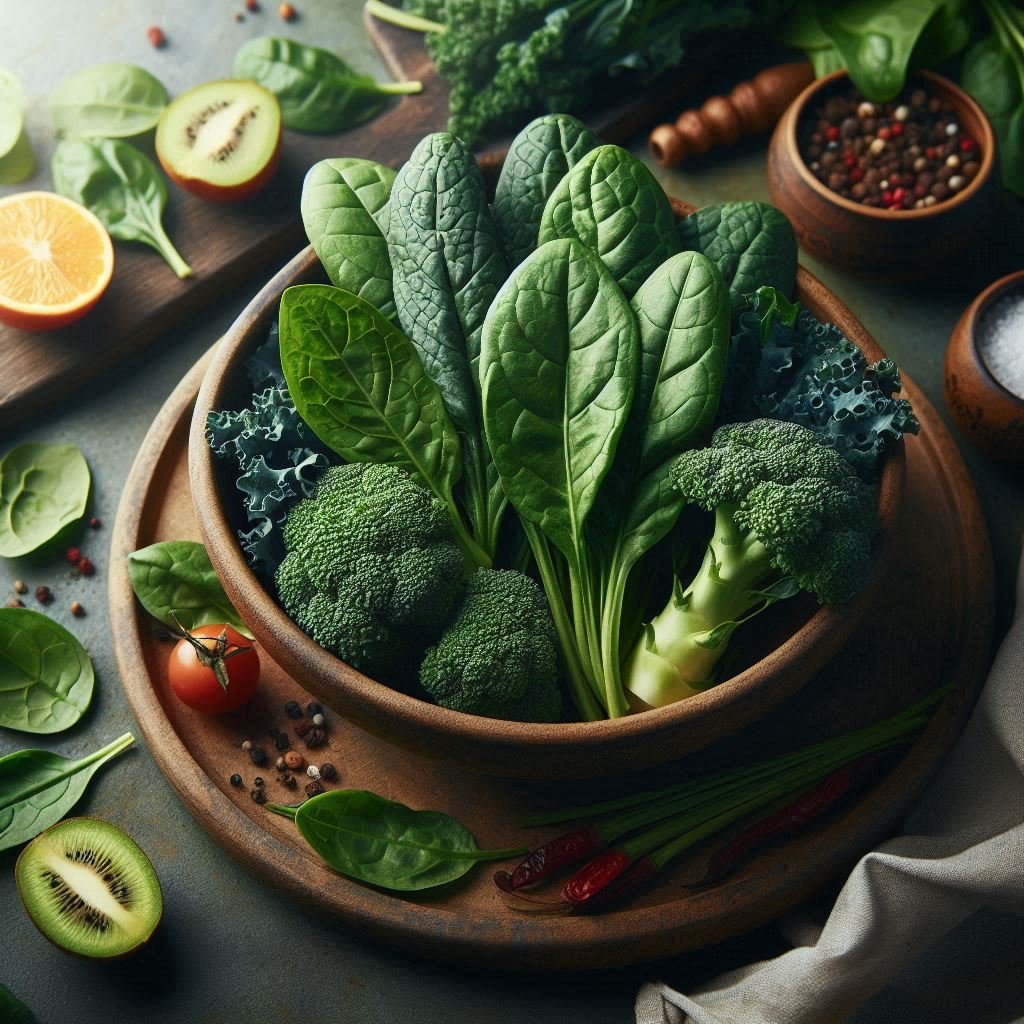
Leafy greens, such as spinach, kale, and collard greens, are rich in iron, a essential mineral for hormone production. Iron deficiency is common, especially in women, and can lead to fatigue, weakness, and mood changes.
Leafy greens are also rich in antioxidants, which help reduce inflammation and oxidative stress, both of which can disrupt hormone balance.
Add leafy greens to your salads, sauté them with garlic as a side dish, or blend them into a nutrient-dense smoothie.
2. Beets: Support Detoxification and Liver Function

Beets are a powerful detoxifier, supporting the liver’s ability to remove toxins and excess hormones from the body. The liver is responsible for metabolizing hormones, and a sluggish liver can lead to hormonal imbalances.
Beets are rich in antioxidants and fiber, which help support the liver’s natural detoxification processes. Enjoy beets roasted, pickled, or as a juice.
3. Berries: Antioxidant-Rich and Anti-Inflammatory

Berries, such as blueberries, raspberries, and strawberries, are packed with antioxidants, which help reduce inflammation and oxidative stress.
Chronic inflammation can disrupt hormone balance, leading to a range of health issues. Berries are also rich in fiber, vitamins, and minerals, making them a nutritious addition to your diet.
Enjoy berries as a snack, add them to oatmeal or yogurt, or blend them into a refreshing smoothie.
4. Fatty Fish: Omega-3 Rich for Hormone Regulation
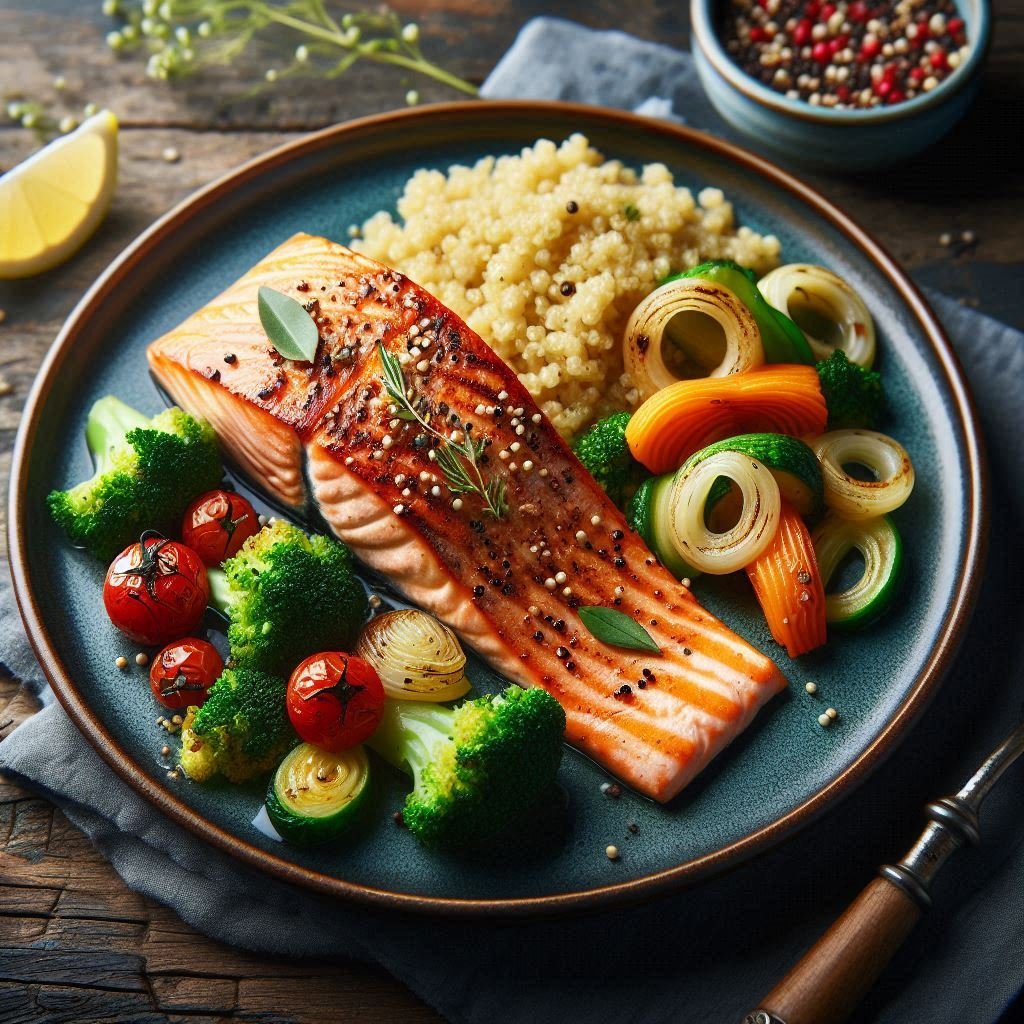
Fatty fish, such as salmon, sardines, and mackerel, are rich in omega-3 fatty acids, which play a crucial role in hormone regulation. Omega-3s help reduce inflammation, support brain function, and promote healthy hormone production.
Fatty fish are also rich in vitamin D, which is essential for hormone regulation and immune function. Grill, bake, or poach fatty fish for a healthy and delicious meal.
5. Sweet Potatoes: Vitamin A for Healthy Ovarian Function

Sweet potatoes are rich in vitamin A, a essential nutrient for healthy ovarian function. Vitamin A helps regulate hormone production, supports immune function, and promotes healthy skin and hair.
Sweet potatoes are also rich in fiber, vitamins, and minerals, making them a nutritious and filling side dish. Bake, mash, or roast sweet potatoes for a delicious and healthy meal.
6. Avocado: Healthy Fats for Hormone Production

Avocados are rich in healthy fats, which are essential for hormone production. Healthy fats support the production of hormones, including estrogen and progesterone, and help regulate metabolism.
Avocados are also rich in fiber, vitamins, and minerals, making them a nutritious addition to your diet. Enjoy avocados as a snack, add them to salads, or blend them into a creamy smoothie.
7. Egg Yolks: Vitamin D for Hormone Regulation

Egg yolks are a rich source of vitamin D, an essential nutrient for hormone regulation. Vitamin D helps regulate hormone production, supports immune function, and promotes healthy bone density.
Egg yolks are also rich in protein, vitamins, and minerals, making them a nutritious addition to your diet. Enjoy egg yolks scrambled, fried, or as a nutritious omelette.
8. Pineapple: Anti-Inflammatory and Digestive Support

Pineapple is rich in anti-inflammatory compounds, which help reduce inflammation and oxidative stress. Chronic inflammation can disrupt hormone balance, leading to a range of health issues.
Pineapple is also rich in digestive enzymes, which help support healthy digestion and reduce symptoms of bloating and discomfort. Enjoy pineapple as a snack, add it to salads, or blend it into a refreshing smoothie.
9. Turmeric: Reduce Inflammation and Support Hormone Balance
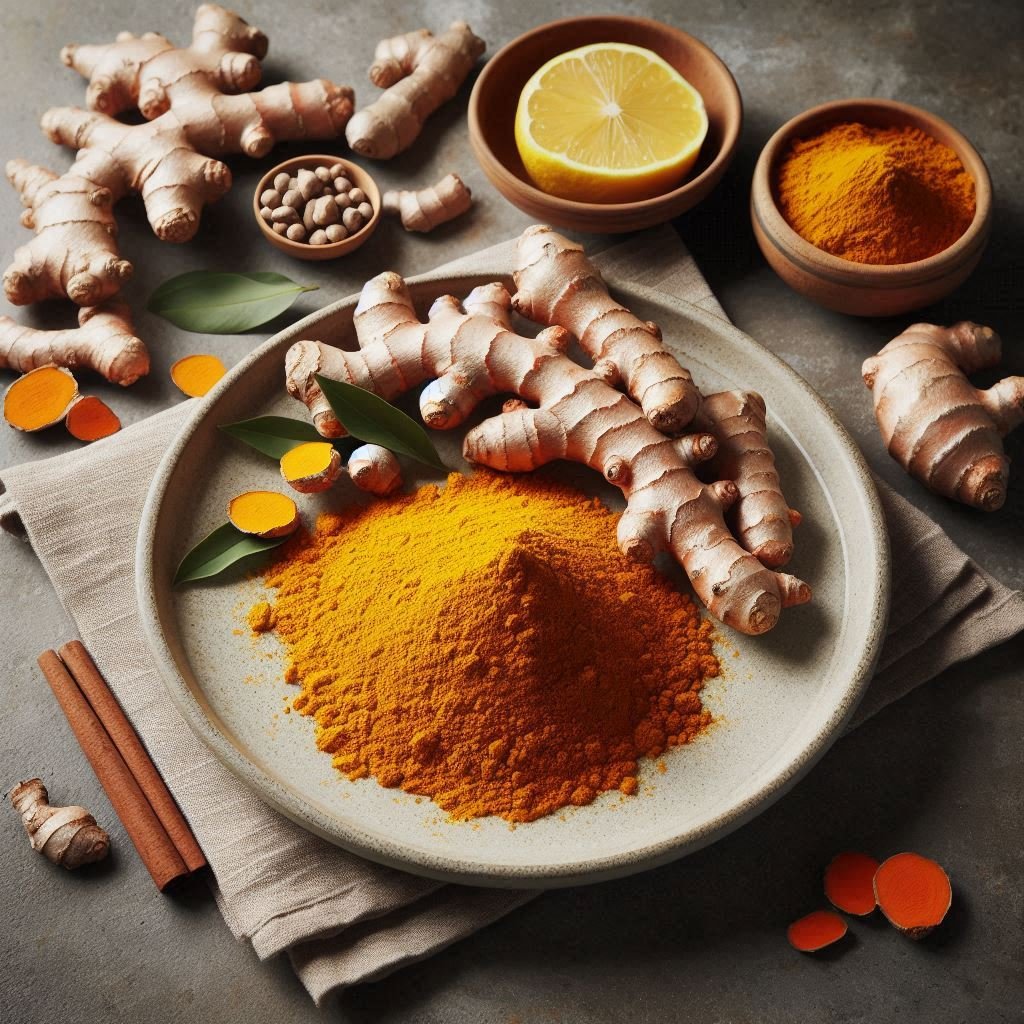
Turmeric is a powerful anti-inflammatory spice, which helps reduce inflammation and oxidative stress. Chronic inflammation can disrupt hormone balance, leading to a range of health issues.
Turmeric is also rich in antioxidants, which help support hormone balance and promote overall health. Add turmeric to soups, stews, or curries for a flavorful and healthy meal.
10. Dark Chocolate: Mood-Boosting and Antioxidant-Rich

Dark chocolate is rich in antioxidants, which help reduce inflammation and oxidative stress. Dark chocolate also contains flavonoids, which help improve mood and reduce symptoms of anxiety and depression.
Enjoy dark chocolate as a healthy treat, but be sure to choose a variety with at least 70% cocoa content.
11. Fermented Foods: Probiotics for Gut Health and Hormone Balance
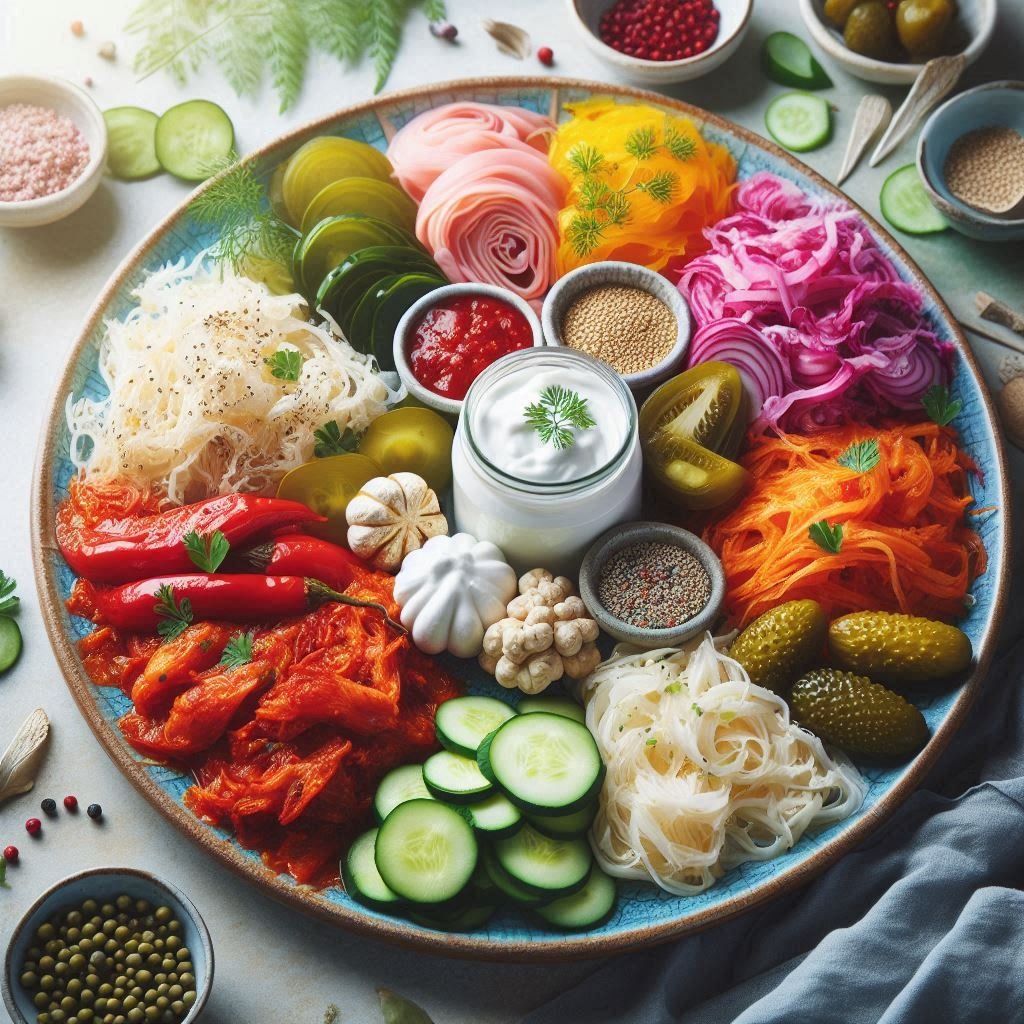
Fermented foods, such as kimchi, sauerkraut, and kefir, are rich in probiotics, which support gut health and hormone balance. The gut microbiome plays a crucial role in hormone regulation, and an imbalance of gut bacteria can lead to hormonal imbalances.
Fermented foods are also rich in vitamins, minerals, and antioxidants, making them a nutritious addition to your diet. Enjoy fermented foods as a side dish, add them to salads, or blend them into a probiotic-rich smoothie.
12. Grass-Fed Beef: Iron and Zinc for Healthy Hormone Production
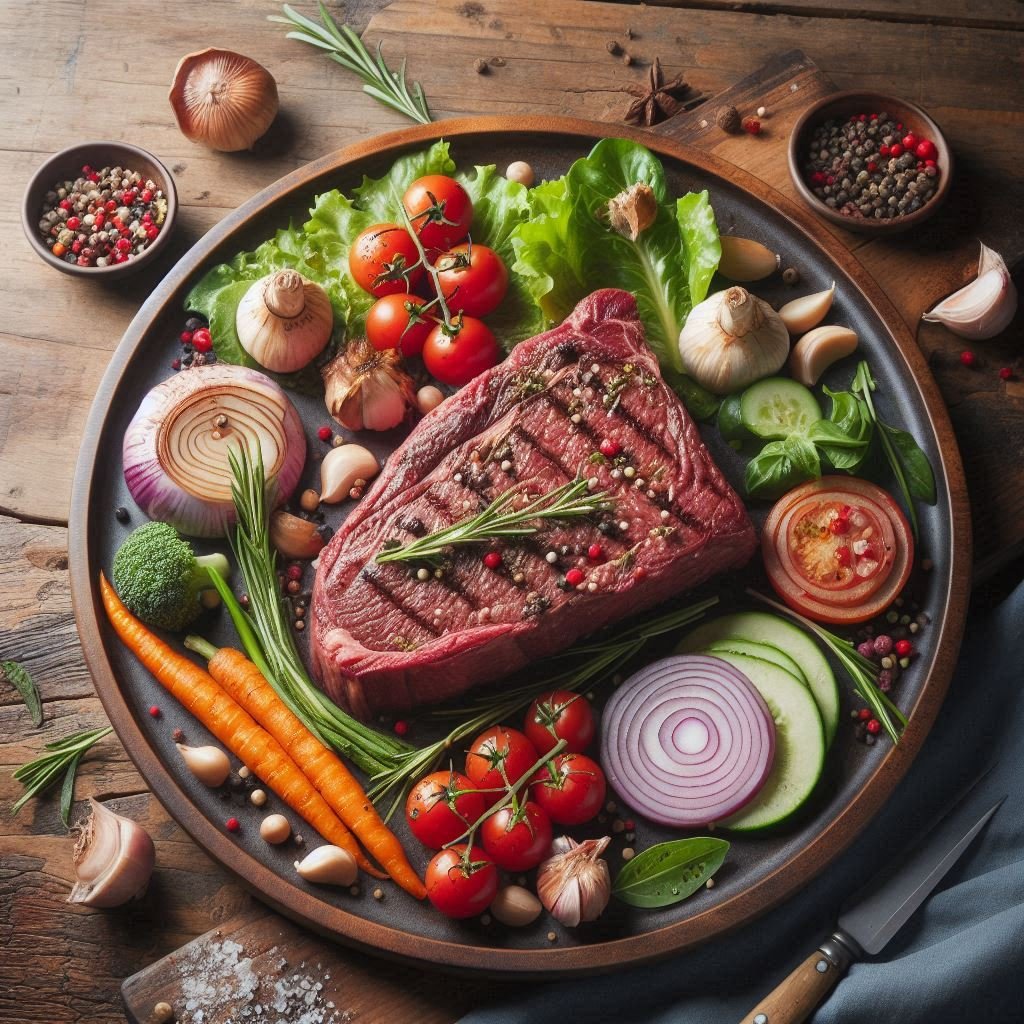
Grass-fed beef is rich in iron and zinc, two essential minerals for healthy hormone production. Iron helps regulate hormone production, while zinc supports immune function and healthy skin and hair.
Grass-fed beef is also rich in omega-3 fatty acids, which help reduce inflammation and promote healthy hormone balance. Grill, roast, or sauté grass-fed beef for a healthy and delicious meal.
13. Olive Oil: Healthy Fats for Hormone Regulation
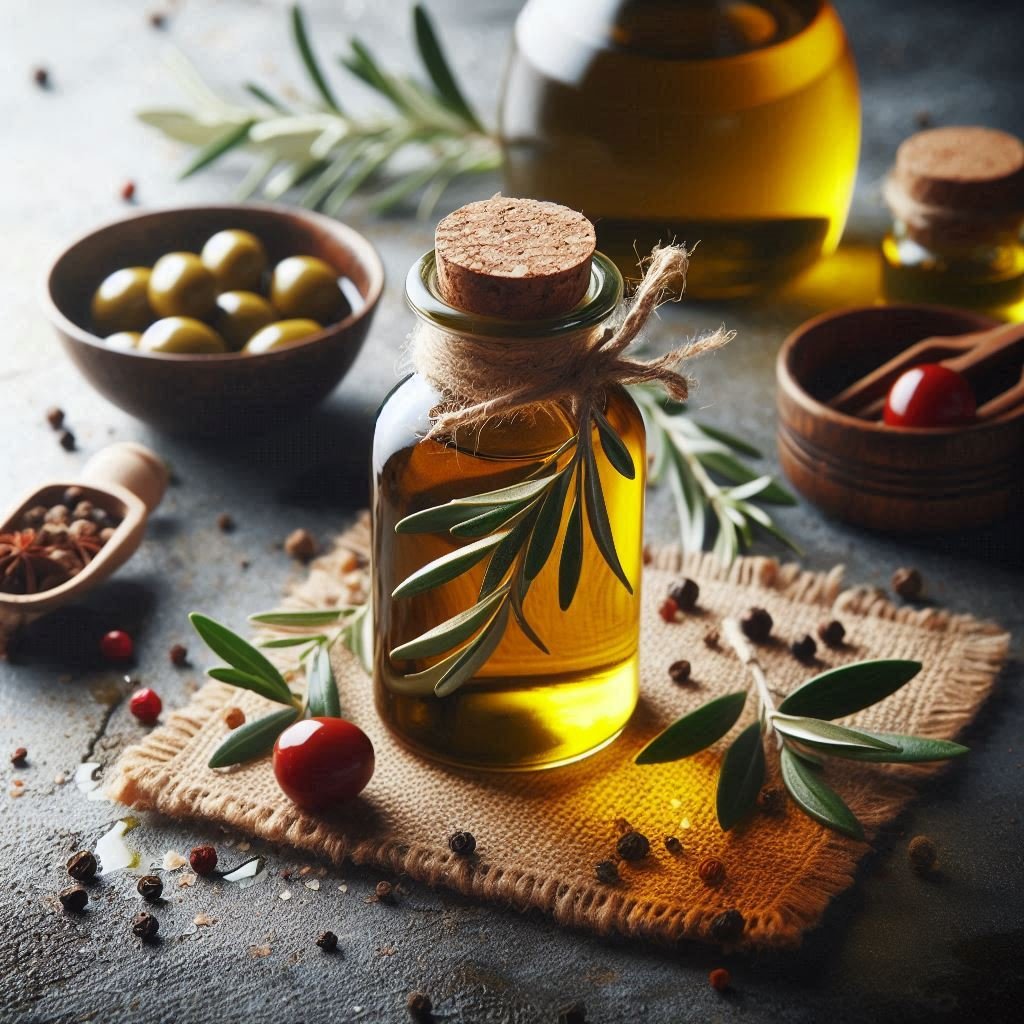
Olive oil is rich in healthy fats, which are essential for hormone production. Healthy fats support the production of hormones, including estrogen and progesterone, and help regulate metabolism.
Olive oil is also rich in antioxidants, which help reduce inflammation and oxidative stress. Use olive oil as a finishing oil for cooking, add it to salads, or blend it into a healthy smoothie.
14. Spinach: Iron and Antioxidants for Hormone Balance

Spinach is rich in iron, a essential mineral for hormone production. Spinach is also rich in antioxidants, which help reduce inflammation and oxidative stress.
Add spinach to salads, sauté it with garlic as a side dish, or blend it into a nutrient-dense smoothie.
15. Walnuts: Omega-3 Rich for Hormone Regulation

Walnuts are rich in omega-3 fatty acids, which help reduce inflammation and promote healthy hormone balance. Walnuts are also rich in antioxidants, which help support hormone balance and promote overall health.
Enjoy walnuts as a snack, add them to oatmeal or yogurt, or blend them into a healthy smoothie.
16. Ginger: Anti-Inflammatory and Digestive Support
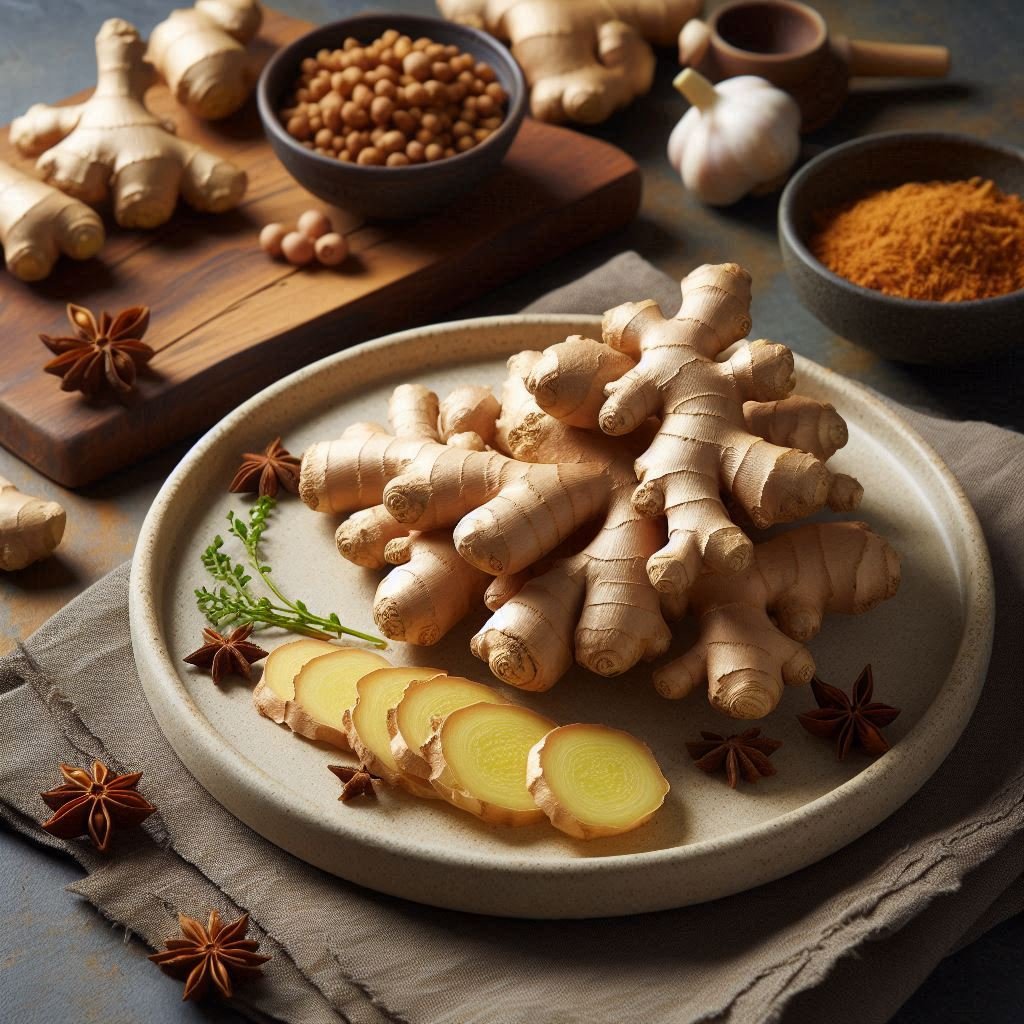
Ginger is a powerful anti-inflammatory spice, which helps reduce inflammation and oxidative stress. Ginger is also rich in digestive enzymes, which help support healthy digestion and reduce symptoms of bloating and discomfort.
Add ginger to soups, stews, or curries for a flavorful and healthy meal.
17. Figs: Fiber and Antioxidants for Healthy Hormone Function

Figs are rich in fiber, which helps support healthy digestion and reduce symptoms of bloating and discomfort. Figs are also rich in antioxidants, which help reduce inflammation and oxidative stress.
Enjoy figs as a snack, add them to oatmeal or yogurt, or blend them into a healthy smoothie.
Conclusion
Incorporating hormone-balancing foods into your diet can have a significant impact on your overall health and wellbeing.
By nourishing your body with these nutrient-dense foods, you can promote healthy hormone function, reduce inflammation, and achieve optimal health.
Remember, a balanced diet is just one aspect of maintaining hormonal balance. Be sure to also prioritize stress management, regular exercise, and adequate sleep to support your overall health.
FAQs
Q: Can I just take supplements instead of eating these foods?
A: While supplements can be helpful, they should not replace a balanced diet. Whole foods provide a complex mix of nutrients, fiber, and antioxidants that cannot be replicated by supplements alone.
Q: How long will it take to see the benefits of eating hormone-balancing foods?
A: Everyone’s body is different, but you may start to notice improvements in energy, mood, and overall health within a few weeks of incorporating these foods into your diet. Be patient, and remember that hormonal balance is a journey that requires ongoing effort and commitment.
Q: Are there any specific foods that can help with polycystic ovary syndrome (PCOS)?
A: Yes, many of the foods listed in this post can be beneficial for women with PCOS, including leafy greens, berries, fatty fish, and sweet potatoes. Additionally, foods high in fiber and antioxidants, such as broccoli and bell peppers, may also be helpful in managing PCOS symptoms.
Q: Can I eat these foods if I’m vegan or vegetarian?
A: Yes, many of the foods listed in this post can be adapted to a vegan or vegetarian diet. For example, you can replace grass-fed beef with plant-based protein sources like lentils or chickpeas, and choose vegan-friendly alternatives to dairy products.
Q: How can I incorporate these foods into my busy lifestyle?
A: Start by making small changes to your diet, such as adding a serving of leafy greens to your breakfast smoothie or snacking on berries throughout the day. You can also meal prep on the weekends, cook in bulk, and freeze individual portions for quick and easy meals during the week.

